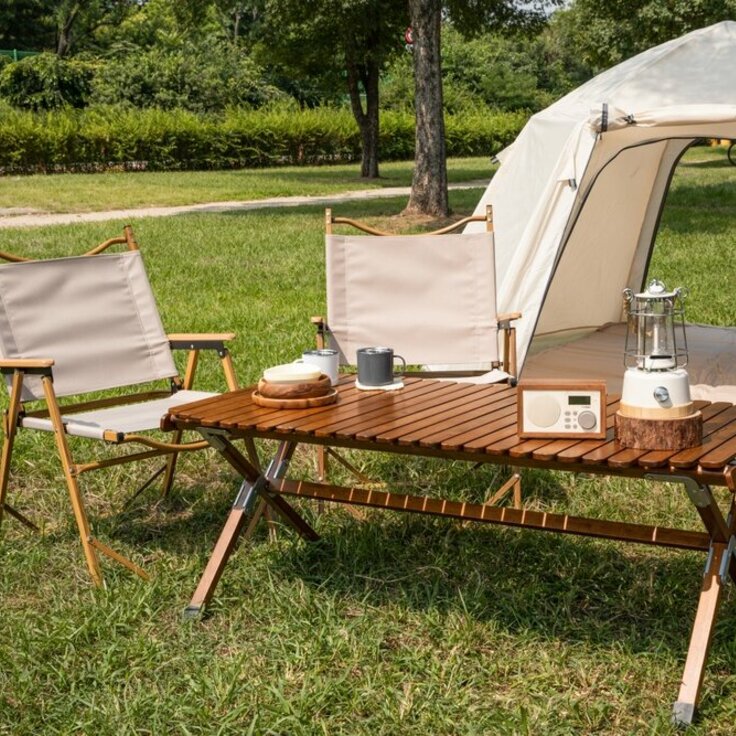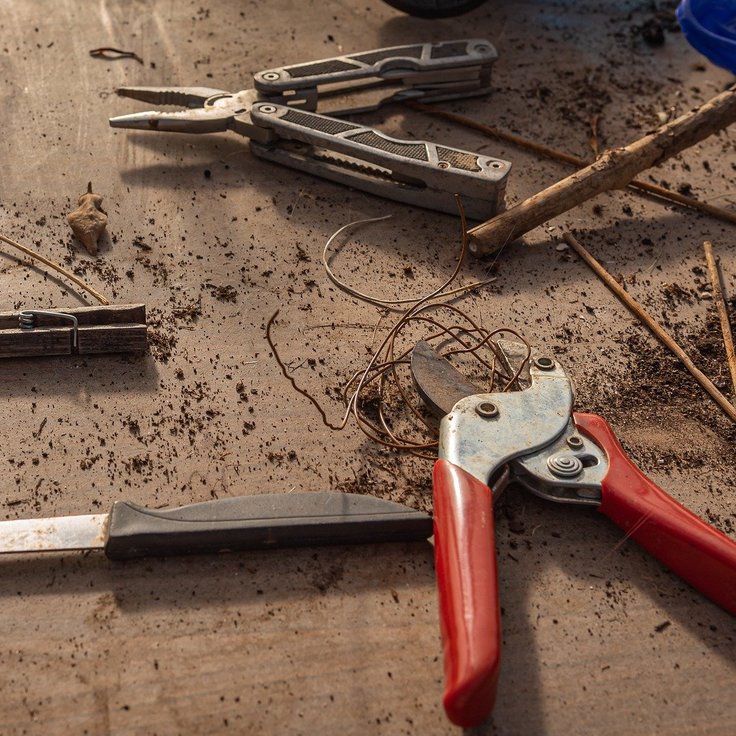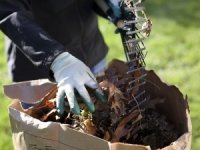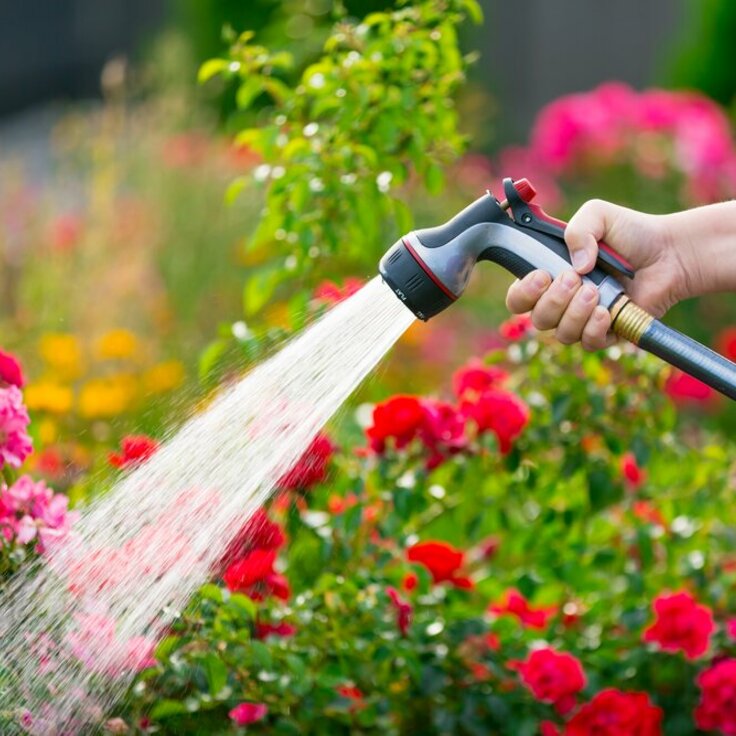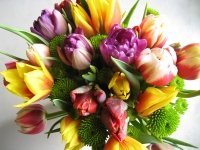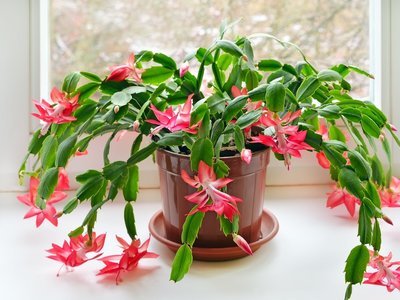Caring for Spring Bulbs After Flowers Fade
Spring bulbs celebrate the season, explode in vibrant color, and bring cheer to rainy gray spring days. Magically, they appear out of nowhere like Jack's beanstalk, bloom all too quickly, then go dormant and disappear until the following spring. How we savor the blooms! Sometimes dry weather or unseasonably hot temperatures may shorten the display. Deer, squirrels, chipmunks or rabbits may nip off the flowers. But it's worth it for that shot of color early in the season.
The Downside
This floral feat of nature is so welcome, yet it causes some little inconveniences. We need to work carefully around the emerging tips and buds during our spring garden cleanup. It's also a good idea not to step on them -- or on the markers indicating their location while dormant.
Next, the bulb foliage "problem." The foliage is the workhorse, refueling the bulb so it can rebloom next year. Shortchange the foliage, and the bulb languishes and dwindles away. So we accommodate the foliage, allow space for it, and wait for it to mature and die back. Ideally, the foliage should grow, mature and dry up undisturbed, but can be an ugly process. Bulb foliage elongates, expands and flops over; then it yellows and proceeds to dry up all the while looking like an eyesore of a weedy, dying plant in the landscape for weeks.
Garden Smart
What to do? You have several options. Really tidy gardeners may yank the bulbs out after the flowers fade, replacing them every fall, or carefully transplant bulbs with their attached leaves to a more inconspicuous spot to finish ripening. But camouflage is the easiest route.
Plant daffodils and tulips in the center or rear of flowerbeds where big perennials such as daylilies will soon shield the yellowing foliage from view. Similarly, the leaves of bulbs planted in a sea of groundcover like periwinkle (Vinca minor) are quickly hidden by its spring growth spurt. Minor bulbs such as crocus or scilla nestle at the base of shrubs where they are less noticeable while they fade.
Don't be tempted to tie the leaves of bulbs into neat bundles in an effort to make them less noticeable. Sunlight needs to reach those leaves to manufacture the food that will fuel next year's flower display. Sprinkling early blooming minor bulbs such as snowdrops or squills across a lawn makes a lovely display, but remember you'll need to hold off on mowing until the foliage dies back if you want these little spring beauties to come back year after year.
To Feed or Not to Feed
Should you feed your bulbs after they've finished flowering? To get the most benefit from the fertilizer you apply, it's best to wait until fall. As the foliage is ripening, the roots are shutting down in preparation for dormancy. In the fall, even though there is not any growth above the ground then, the roots become active again, ready to take up nutrients. Mark the spot where your bulbs are planted and in early fall, scratch a complete slow-release fertilizer in to the soil above them. If want to feed in the spring as well, apply fertilizer just as the bulb foliage is emerging.
For more information please click here fro The National Gardening Association.


